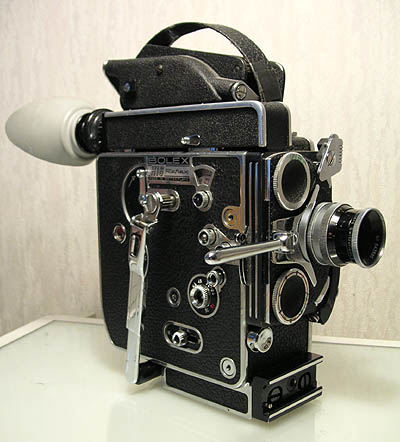Frames per second; FPS. Many periodicals mentioned this acronym when describing The Hobbit. They mentioned how the movie was being shot and released in an abnormally high frame rate. These periodicals said it might hinder your viewing experience. But what does it all mean?
Normally, when we see, our brains receive and interpret a constant input of light information from our eyes. We don’t see at a specified rate, our eyes don’t “refresh” thirty or forty times a second. We are constantly interpreting whatever visible light is available to us. However, video works a bit differently. It consists of still images, thousands and millions of them, playing back at a specified rate of frames every second, that is, “frames per second.”
So when an article says that the Hobbit was recorded at 48 FPS, that means that every second, forty-eight images were recorded for video. Why might this seem strange to us? Because up until The Hobbit, almost all movies were recorded and played back at a cinematic 24 frames per second. Thankfully, due to critical speculation, the movie is still being offered at a normal frame rate in most theaters.
The general rule is this: the higher the frame rate is for a video game or video, the most realistic it looks. That’s why gamers are constantly buying the newest graphics cards and updating their computers – because they want to have a smooth, realistic-looking frame rate.
However, the thing people don’t realize is that we don’t want movies to look realistic. There’s a reason all modern movies are still only played back at 24 frames per second, even though we could shoot at drastically higher frame rates. We add color correction and effects to make the movie look more cinematic, not more realistic (hence the term “cinema”). Arguably the most “real” type of video is video recorded at around 40 frames per second or higher, without color alteration, and without the excess motion blur added into movies.
